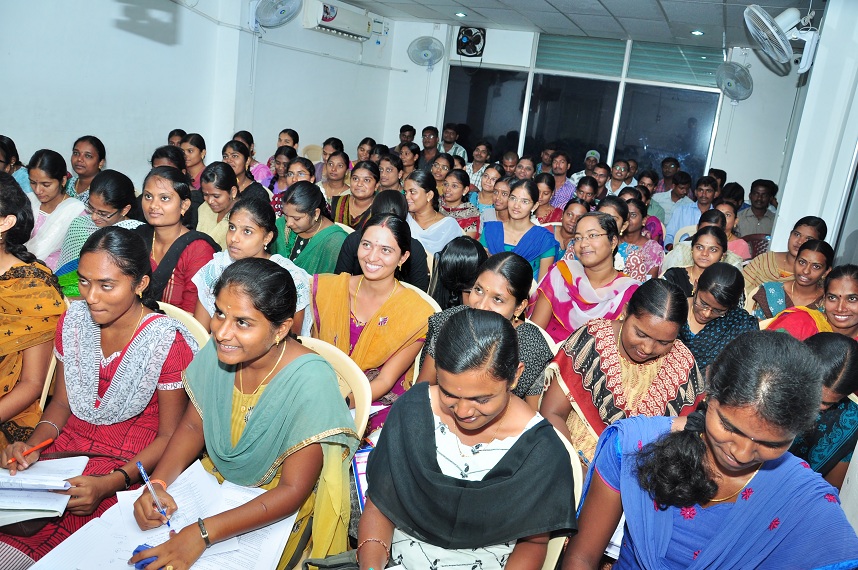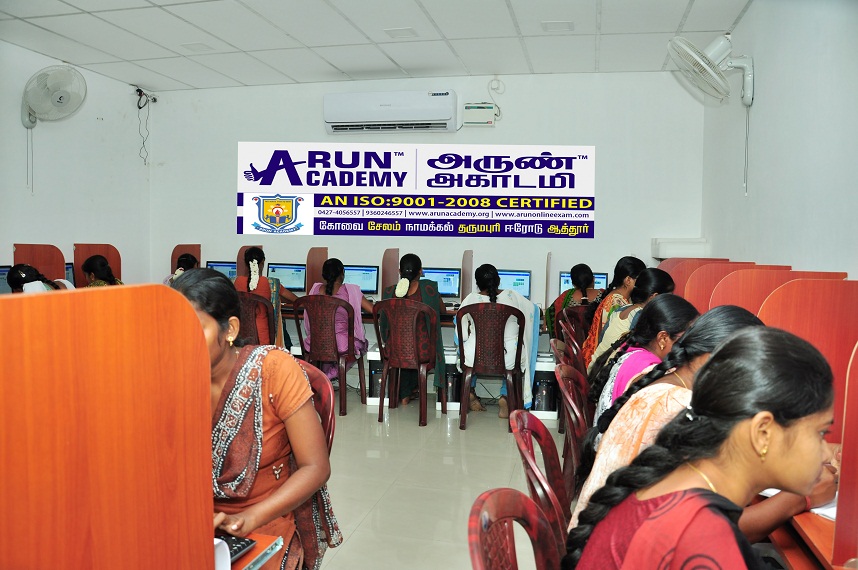- Remaining Timing :-
(1). Kharchi Puja festival is celebrated in which state?
- (a). Manipur
- (b). Sikkim
- (c). Rajasthan
- (d). Tripura
- (e). None of these
Explanation:
Kharchi puja is the worship of the dynasty deity of Tripuri people, the fourteen gods. It is performed in the month of July August on the eight day of new moon. The fourteen gods are worshipped by the royal priest Chantai. They are all Tripuri by birth, and it is hereditary one. Only members of chantai family descendants are allowed to take the post of Chantai, since the time it had started for more than 3000 years ago, and it is still continuing till date. All the attendants of chantai are also belong to Tripuri people, since the beginning and are followed. This is the only one puja is exclusively performed by the pujari or the priests belonging to Tripuri people. The word Kharchi is derived from two Tripuri words 'Khar' or Kharta meaning or Sin, 'chi' or si meaning cleaning. Final meaning is cleaning of the sins of the people or the kingdom. The Khachi puja is performed after 15 days of Ama pechi or Ambu bachi. According to Tripuri legends Ama Pechi is menstruation of mother goddess or earth mother. So the soil is not ploughed or digging of anywhere on this day. Among Tripuri the menstruation of a woman is considered as unholy ness, which is why in this period all the performance auspicious functions by women are prohibited. Even to the extent any priest whose wife is menstruating is prohibited to perform any auspicious or religious function.
(2). Kutch mahotsava is celebrated in
- (a). Gujarat
- (b). Odisha
- (c). Uttarakhand
- (d). Rajasthan
- (e). None of these
Explanation:
The Kutch Mahotsava is usually organized during February and March each year. This mahotsava is organized by the Tourism Corporation of Gujarat Limited in order to promote tourism in Kutch. In this festival, the visitors are taken on a six day tour of Kutch. This tour is known as a mahotsava, or great festival, because of the great variety of sights and scenes that are offered to visitors. Kutch has everything to offer to its visitors like the colourful people, historic towns and remarkable handicrafts.
(3). Island tourism festival is celebrated in
- (a). Andaman & Nicobar
- (b). Odisha
- (c). Uttarakhand
- (d). Rajasthan
- (e). None of these
Explanation:
The Island Tourism Festival is the annual cultural event organized for promotion of tourism and entertainment for islanders. The main events are held at Port Blair. However, small programme, as a part of festival are also organized in other places like Wimberlygunj, Wandoor, Neil, Havelock, Rangat, Mayabunder, Diglipur, Hut Bay, Car Nicobar, Kamorta, Campbell Bay etc. The 10 -day festival is held annually from 5th January with an inaugural function to be graced by Hon'ble Lt. Governor at ITF ground Port Blair. The inaugural function is telecast live in DD Bharati and is beamed for telecast in many countries. During the festival, the main venue - ITF ground swells with people from all walks of the life and tourists. The highlight of the festival at ITF ground is the exhibition depicting strides made by the Island Administration in various spheres and sale of general merchandise, food stalls, and stalls of interest to tourists, Floating Restaurant etc. The main focal point, however, is the performance of mainland artists especially reputed music bands, Bollywood singers, dancers, performers etc. Artists of East Zone and South Zone Cultural Centers are also invited by the Art & Culture department and performed simultaneously in outlying islands. Hasya Kavi Sammelan is also organized by the official language department of Administration to delight the crowd. To accommodate crowd throngs up for mega shows alternate venues are set up at Netaji stadium Port Blair also.
(4). Baisakhi festival is celebrated in
- (a). Andaman & Nicobar
- (b). Odisha
- (c). Uttarakhand
- (d). Chandigarh
- (e). None of these
Explanation:
Baisakhi festival has a lot of significance for people of Punjab. It marks the beginning of harvest season. It also celebrates the founding of Khalsa panth. According to the solar calendar, this festivity of merriment falls on the first day of the Year, which is usually 14th April. Vaisakhi festival in Chandigarh, India is celebrated with lot of excitement and cheerfulness. Men and women dress up in the best of their clothing and visit temples and Gurudwaras to offer prayers. Special food is prepared at home. Folk dances are performed. Chandigarh Baisakhi festival celebration takes place with great pomp and show.
(5). Sakewa festival is celebrated in
- (a). Andaman & Nicobar
- (b). Odisha
- (c). Sikkim
- (d). Chandigarh
- (e). None of these
Explanation:
Sakewa is one of the important festivals of Kirat Rai Community, which is celebrated annually in the month Baisak. The nine day long ceremony starts from the full moon day of Baisak, in which mother earth is worshipped. The Sakewa Puja is usually performed by the Nakchhong (priest) with the help of mongpas in a open place as community puja.
(6). Hareli festival is celebrated in
- (a). Andaman & Nicobar
- (b). Chattisgarh
- (c). Sikkim
- (d). Chandigarh
- (e). None of these
Explanation:
Held in the month of monsoon (sawan), Hareli Festival is celebrated in Chhattisgarh to pray for a good harvest. In this festival, the local farmers worship the farm equipments and cows and hang strings of neem leaves on their doors to ward off diseases and be blessed with healthy crops.
(7). Nariyeli Poornima festival is celebrated in
- (a). Andaman & Nicobar
- (b). Diu, daman and dadra nagar haveli
- (c). Sikkim
- (d). Chandigarh
- (e). None of these
Explanation:
Nariyeli Poornima In Silvassa and throughout Dadra and Nagar Haveli, to pay obeisance to the Sea God, sea farers and fisher folk offer coconuts and pray for a safe sojourn in the sea for the whole year. The festivities begin with a pooja. Fisherwomen adorn themselves with the best of clothes and ornaments, offer 'naivedyam' and feast, sing and dance the whole day.
(8). Behdienkhalm is the festival of which state_________
- (a). West Bengal
- (b). Andhra Pradesh
- (c). Rajasthan
- (d). Meghalaya
- (e). None of these
Explanation:
It is the most important festival in the socio-economic life of the Jaintias and the focus is on praying for the property and good health of the people and on invoking divine blessings for a bountiful harvest. Behdienkhlam is celebrated all over the Jaintia district, but the grand spectacle takes place at Jowai, the district headquarters, at an altitude of 1220 metres from sea-level and only 64 km. away from Shillong by road. The festival is observed by non-Christian 'Pnars' who believe in the traditional faith of "Niamtre". Legend has it that Jowai town was once covered by thick forest, without human habitation. It was the home of five Deities - four huge stones and a river nymph. The four stones can still be seen at the four corners of Jowai town. These Deities wished that God would create human beings and send them to settle there. Their wish was granted when a wandering Mongolian tribe arrived in these forests. To express his great joy at the arrival of humans, 'U-Mokhai,' the eldest among the Deities, began a Great Dance. The thunder of the dancing Deity scared the travelers, but when they started to flee, the Deity addressed them to say, 'Children of God, fear not. You will live happily and prosperously in this land which shall be yours from tonight'. And so they stayed. Much later at the time of a great famine, the people of Jowai asked 'U-Mokhai' to help, and he asked them to perform a community festival after the sowing season and Behdienkhlam remains the primary festival of the Jaintias till this very day
(9). Ambubachi Mela is the festival of which state_________
- (a). West Bengal
- (b). Assam
- (c). Rajasthan
- (d). Meghalaya
- (e). None of these
Explanation:
Ambubachi Mela is the most important festival of Kamakhya temple of Guwahati and is held every year during monsoon (mid-June). It is a ritual of austerities celebrated with 'Tantric rites'. During Ambubashi the doors of the temple remain closed for three days. It is believed that the earth becomes impure for three days. During this time no farming work is undertaken. Ambubachi mela is held at the Kamakhya temple, after being closed for the afore-mentioned three days. On the fourth day only the devotees are allowed to enter inside the temple for worship. Thousands of devotees from all over the country and abroad visit this mela.
(10). Solung is the festival of which state_________
- (a). West Bengal
- (b). Assam
- (c). Arunachal Pradesh
- (d). Meghalaya
- (e). None of these
Explanation:
Solung is the most popular festival of the Adis of Arunachal Pradesh which is celebrated on September 1 every year. Though primarily an agro-based festival, it also reflects the socio-religious features of the people. There are three main parts in the celebration of this festival. They are: I. Sopi---Yekpi ( also called Limir-Libom), the first part and the sacrificial day; II. Binnyat, the second part, the ritual offering to goddess of crops, Kine Nane, and III. Ekop (also called Taktor), the ritual made for protection against harms by evil spirits by appeasing to Gumin-Soyin, the household guardian, and Doying Bote, god of wisdom and human welfare.







